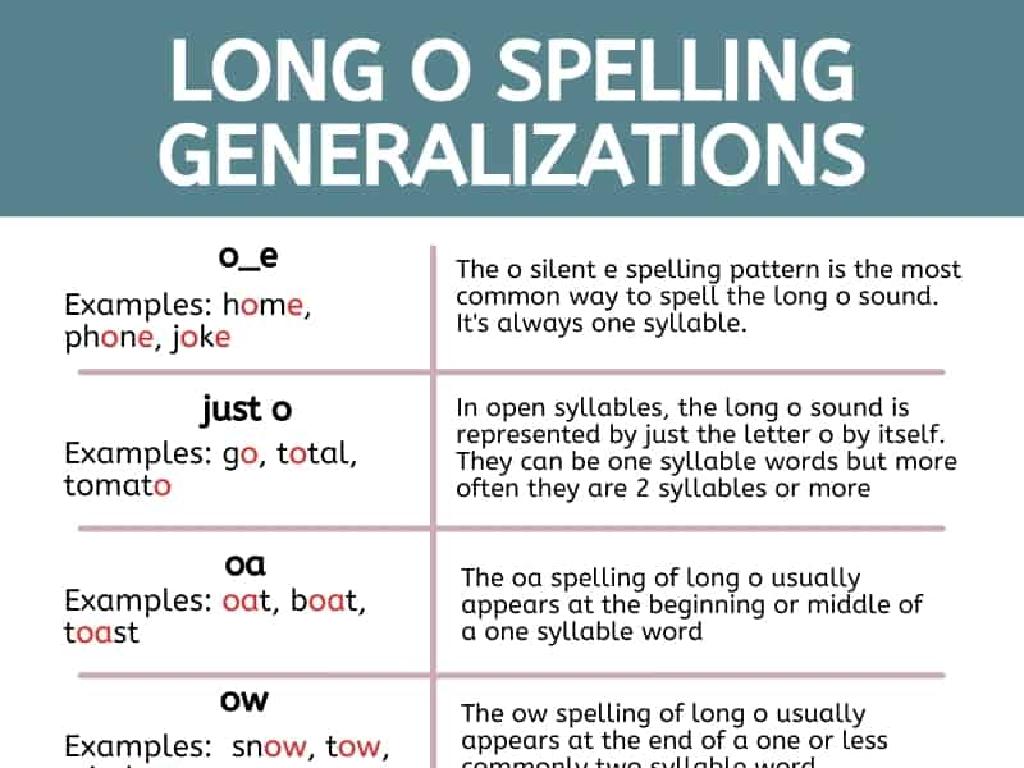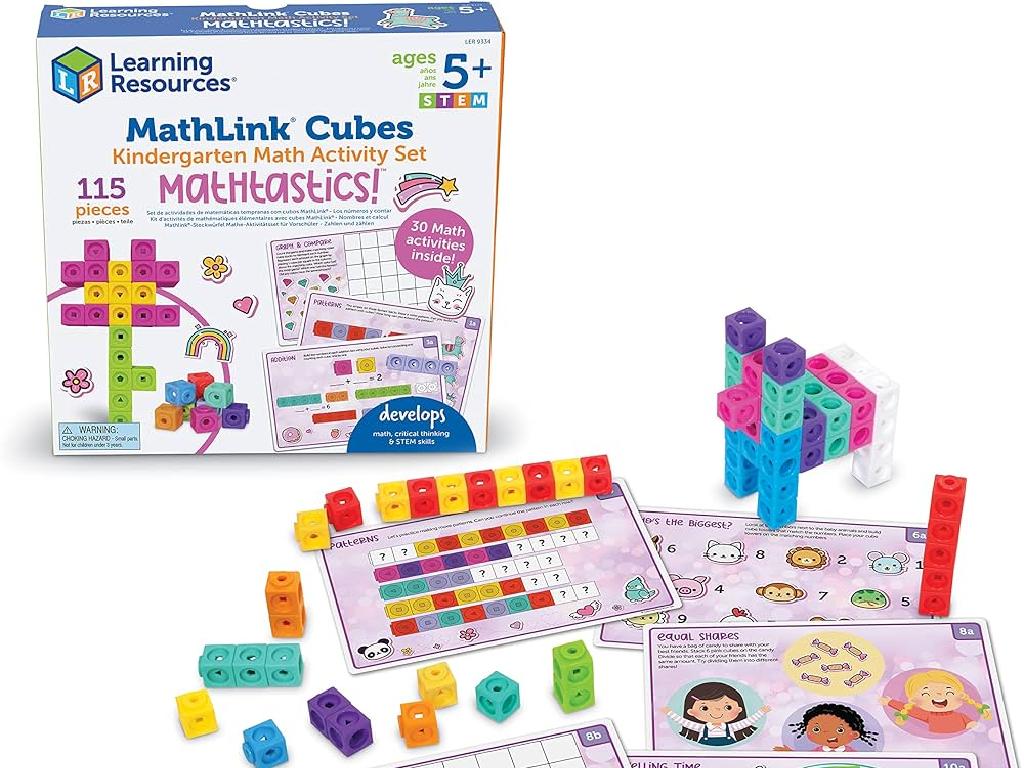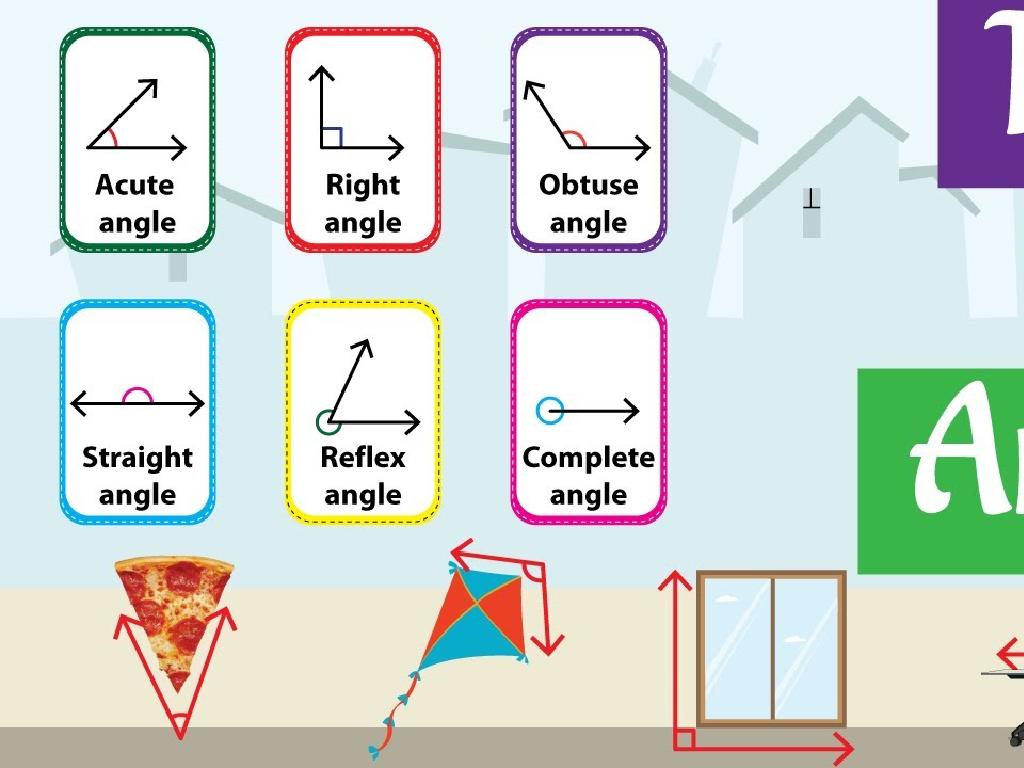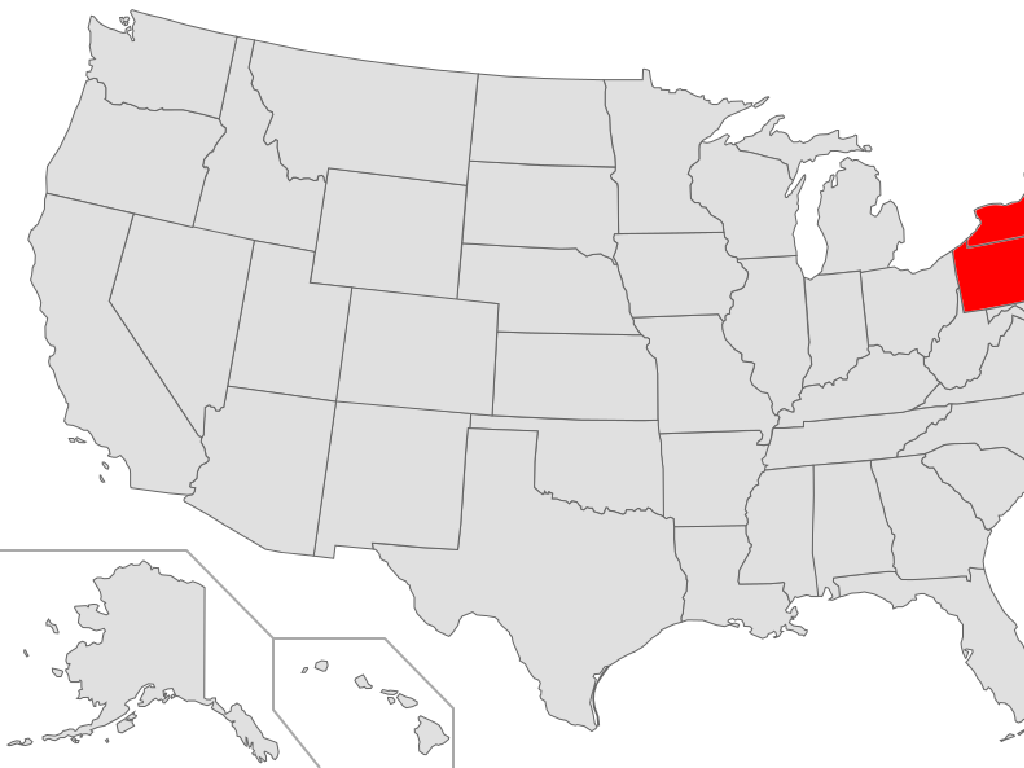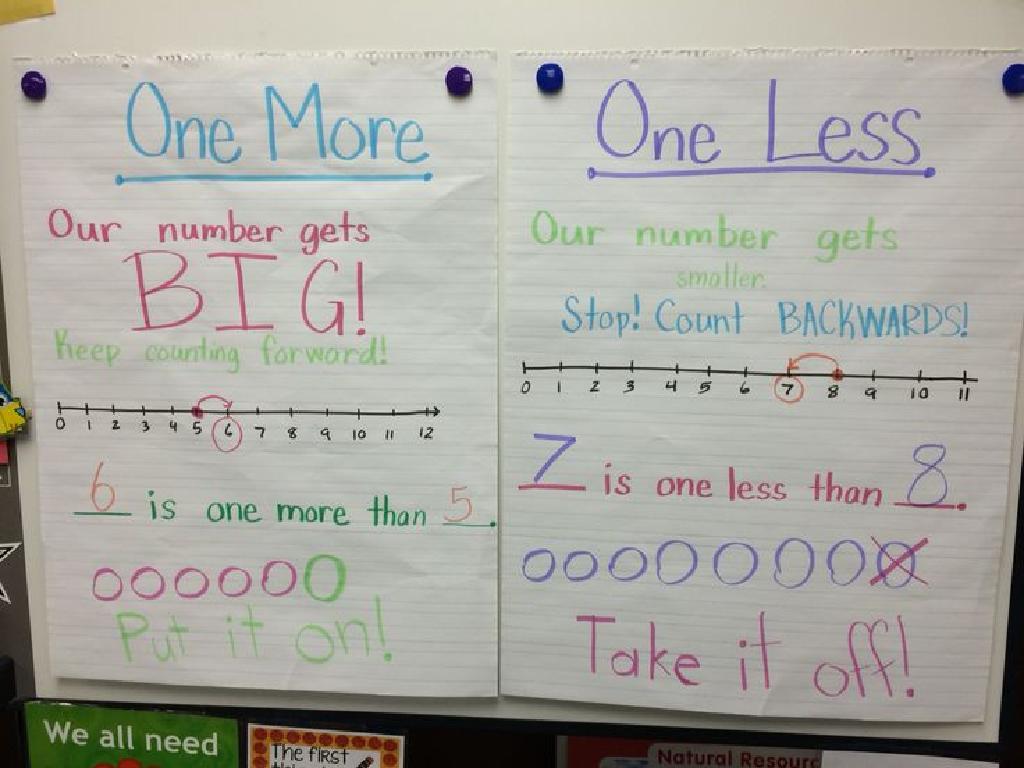Find The Words With Related Meanings
Subject: Language arts
Grade: Second grade
Topic: Shades Of Meaning
Please LOG IN to download the presentation. Access is available to registered users only.
View More Content
Welcome to Shades of Meaning!
– Greeting and topic introduction
– Words with similar meanings
– Words like ‘happy’, ‘joyful’, ‘elated’ all express happiness but at different levels.
– Not all words are exactly the same
– Words are like colors in a paint box
– Just like light green and dark green are both green, they are not the same.
|
Begin the class with a warm welcome and introduce the concept of ‘Shades of Meaning’ to the students. Explain that while some words may seem to mean the same thing, they can actually have slight differences, much like varying shades of a color. Encourage students to think about words they know that have similar meanings and ask them to share examples. Relate the concept to something familiar, like colors in a paint box, to help them understand that just as there are many shades of a single color, there are many nuances to words that seem similar. This will set the stage for more in-depth exploration of vocabulary and word usage.
Exploring Shades of Meaning
– What are ‘Shades of Meaning’?
– It’s like colors having different tones.
– Examples of related words
– ‘Happy, joyful, ecstatic’ show increasing excitement.
– Words have different strengths
– Some words show more or less of a feeling or action.
– Strong vs. weak word examples
– ‘Whisper, talk, yell’ show increasing loudness.
|
This slide introduces the concept of ‘Shades of Meaning’ to second graders, helping them understand that words can have similar meanings but differ in intensity. Start by explaining the term with a relatable analogy, such as how different shades of a color still represent that color but vary in tone. Provide examples of words that have related meanings and arrange them in order of intensity to illustrate the concept. Discuss how choosing a word with a stronger or weaker connotation can affect the meaning of a sentence. Use interactive activities like matching words to their intensity or ordering words from weakest to strongest to reinforce the lesson.
Exploring Words with Related Meanings
– Learn about word pairs
– Words that are similar but not the same
– Understand subtle differences
– Some words sound like they mean the same thing, but they have small differences
– ‘Happy’ vs ‘Content’
– ‘Happy’ means feeling joy, ‘Content’ means feeling satisfied
– ‘Shout’ vs ‘Whisper’
– ‘Shout’ is loud, ‘Whisper’ is very quiet
|
This slide introduces the concept of shades of meaning through word pairs. It’s important to explain to second graders that while some words may seem to have the same meaning, there are slight differences that change how we use them. Use examples like ‘happy’ and ‘content’ to illustrate how ‘happy’ often means a stronger feeling of joy, whereas ‘content’ can refer to a quieter, more peaceful kind of happiness. Similarly, compare ‘shout’ and ‘whisper’ to show the difference in volume and tone. Encourage students to think of situations where they would use each word. Activities can include matching games with word pairs or storytelling exercises where students use the words in context.
Let’s Practice: Matching Words with Related Meanings
– Interactive class activity
– Match words with similar meanings
– Find a pair for ‘happy’ like ‘joyful’
– Use ‘Shades of Meaning’ spectrum
– A visual guide to compare word intensity
– Determine which word is stronger
– Is ‘happy’ stronger than ‘content’? Discuss
|
This slide is for an interactive class activity where students will engage in finding pairs of words with related meanings. Provide a list of words to the class and ask them to work in pairs or small groups to match each word with its related pair. Encourage them to use the ‘Shades of Meaning’ spectrum they’ve learned about to decide which of the two words has a stronger or weaker connotation. For example, ‘happy’ might be paired with ‘joyful’, and students will discuss which word represents a stronger feeling of happiness. This activity will help reinforce their understanding of nuances in word meanings and how context can affect word choice. Prepare to facilitate discussions and guide students in understanding the subtle differences between words.
Create Your Own Spectrum of Words
– Understand ‘Shades of Meaning’
– Arrange words: weak to strong
– Sort ‘tired’, ‘sleepy’, ‘exhausted’ by intensity
– Use example words
– ‘Tired’ is less intense, ‘exhausted’ is more intense
– Create your own word spectrum
|
This slide introduces an activity where students will explore the concept of ‘Shades of Meaning’ by creating their own spectrum of words. Start by explaining that words can have similar meanings but differ in intensity. Provide them with example words like ‘tired’, ‘sleepy’, and ‘exhausted’ and ask them to arrange these words from the least intense to the most intense. This will help them understand that ‘tired’ is less intense than ‘exhausted’. Encourage students to think of their own sets of words and create spectrums. This activity will enhance their vocabulary and comprehension of nuances in word meanings. For the teacher: Prepare a list of word sets in advance for the activity, and consider creating a template for students to visually arrange their words on a spectrum.
Class Activity: Word Detective
– Become a word detective
– Search for related-meaning words
– Find words in a story that mean something similar
– Discuss shades of meaning
– How do these words differ slightly in meaning?
– Share findings with the class
|
In this interactive class activity, students will act as word detectives to explore the concept of shades of meaning. Provide a story or passage for the students to read, and instruct them to look for words that have similar meanings. Once they have identified these words, facilitate a class discussion to delve into the nuances of each word and how their meanings differ slightly, which will help them understand the concept of shades of meaning. Encourage students to use context clues from the story to aid their understanding. As a teacher, prepare to guide the discussion with examples and explanations, ensuring that each student has the opportunity to participate and share their findings with the class.
Wrapping Up: Shades of Meaning
– Recap on Shades of Meaning
– We explored how similar words have different intensities.
– Choosing words carefully
– The right word can make our sentences shine!
– Share your learning
– Tell us about a word you discovered today.
– Practice makes perfect
|
As we conclude today’s lesson, remind the students about the concept of Shades of Meaning and how words with similar meanings can have slight differences. Emphasize the importance of word choice in expressing thoughts clearly and vividly. Encourage students to share their favorite word from today’s lesson and the context they would use it in. This reinforces their understanding and helps them appreciate the nuances of language. To wrap up, suggest that they continue to practice by reading and writing, looking out for new words and considering their shades of meaning.
Homework Challenge: Shades of Meaning
– Complete the worksheet with sentences
– Choose words with the right shade of meaning
– Words that are similar but have slight differences, like ‘happy’, ‘joyful’, ‘elated’
– Use new vocabulary words at home
– Practice using the words you learned in real conversations
– Share your sentences in the next class
|
This homework challenge is designed to help students understand the concept of ‘shades of meaning’. Provide a worksheet with sentences that have blanks in them. Students should fill in these blanks with words that fit the context and have the right shade of meaning. Encourage them to use words they’ve recently learned. At home, they should try to use these new vocabulary words in conversations with family or while writing stories. This will help reinforce their understanding of the words’ meanings and nuances. In the next class, have students share the sentences they created, which will allow them to learn from each other and discuss the different shades of meaning in the words they chose.

